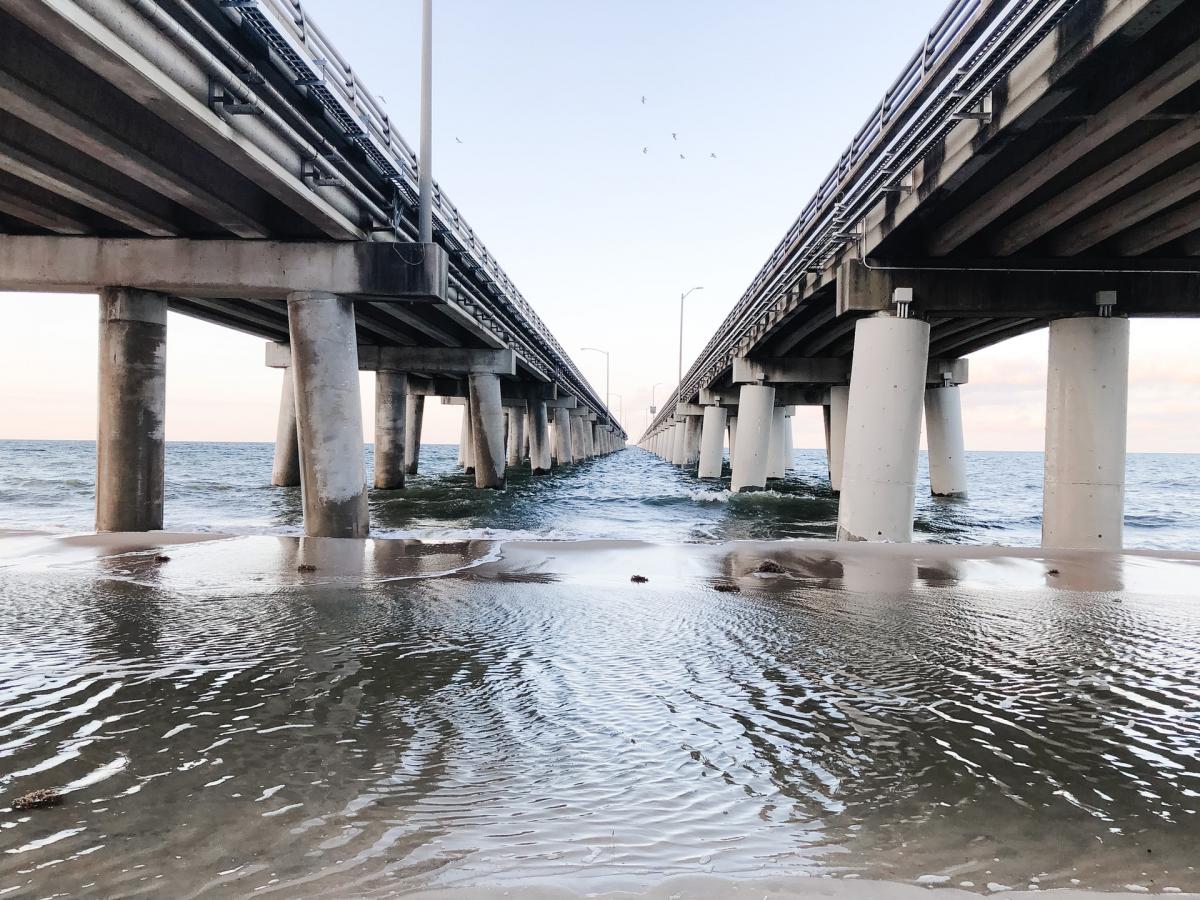Dharna Noor, writing in Gizmodo, reports that “a study conducted by scientists with the Cary Institute of Ecosystem Studies and published Wednesday in the journal Environmental Science & Technology found that tens of thousands of doses of pharmaceuticals are flowing into the Chesapeake Bay every year. They include everything from over-the-counter pain medicine to prescription antidepressants.”
Researchers took weekly water samples from six sites in a Baltimore watershed for a year and sent the samples to a Swedish chemist to test for certain “pharmaceutical chemical compounds,” Noor wrote.
“The compounds fell into 9 common classes of drugs: adrenergics (prescribed for asthma and other cardiovascular and respiratory issues), antibiotics, antidepressants, antiepileptics, antifungals, antihypertensives, urologicals, and painkillers separated into two categories, non-opioid and opioid analgesics. The authors found that all of these were present in varying degrees.
“The highest concentrations they found were of non-opioid analgesics like Tylenol, Advil, and Aleve…. But the most commonly found drug in their samples were antibiotics, especially trimethoprim, which is prescribed for kidney infections and urinary tract infections.”
Read the full study here.


